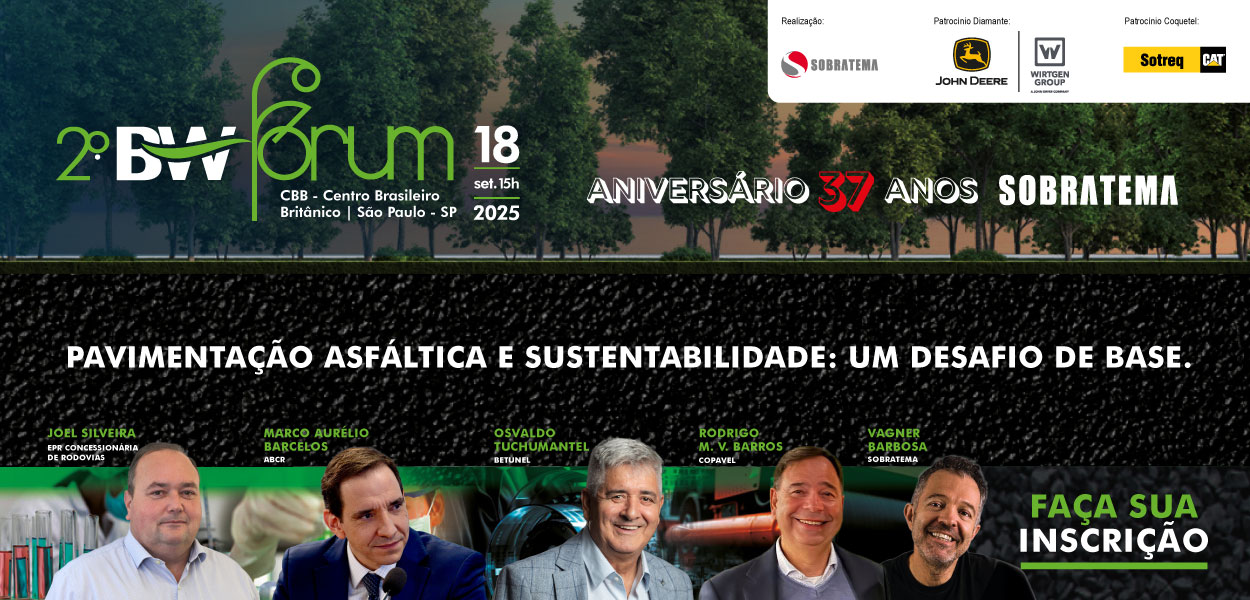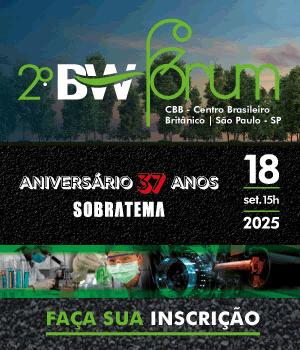Scheduled for the first half of 2016, the Line 4 will attend more than 300,000 persons

According to the construction consortium, the works of Line 4 of Rio de Janeiro subway are following their schedule, in spite of the technical difficulties found. This new system of public transportation is foreseen to start its operation in the first half of 2016, after concluding a test period.
This modal will transport more than 300,000 persons per day and will remove from the streets about two thousand vehicles per peak hour. In addition, with this new line all the subway system of the city will be available for the population with the payment of a single ticket.
These are very complex works that demand the use of advanced technologies and the technical support of skilled Brazilian and foreign professionals. The main challenge was to develop construction methods for the underground works, conciliating logistics and relations with the community and preventing at maximum troubles for the day-to-day and routine of the surrounding population.
Line 4 of the subway (Barra da Tijuca-Ipanema) will be 16 km long and will have six stations, all being built: Jardim Oceânico, São Conrado, Gávea, Antero de Quental, Jardim de Alah and Nossa Senhora da Paz.
In Jardim Oceânico, excavation is already concluded. In São Conrado, the construction of the mezanine is being finished. In Gavea, the access shaft is being built. In the stations Antero de Quental and Jardim de Alah, jet grouting and diaphragm wall are being built. In Nossa Senhora da Paz, excavations are almost concluded.
More than 8000 meters of tunnels were excavated between Barra da Tijuca and Gavea. The longest double tunnel between subway stations in the world—excavated in rock—is 5 km long and connects the stations Jardim Oceânico, in Barra da Tijuca (west zone of the city) and São Conrado, in the district of same name, in the south zone of Rio. Tracks for train traffic are already being installed in this section.
Work Fronts
According to the pool of construction contractors, there are four work fronts excavating the tunnels towards São Conrado and Gavea, in the South Zone of Rio.
The first cable-stayed bridge for subway is being built in Rio, at Barra da Tijuca, to cross the Barra Channel. Services are in the stage of foundation construction of the 76 m high pillars. Steel ropes will go out from these pillars to the base of the bridge. The bridge deck will be 210 m long plus the elevated sections of transition to the underground gallery and the tunnel.
The cable-stayed bridge designed by the Spanish architect Santiago Calatrava is located between the mountains, the lagoon and the sea. It will probably become another post card of Rio de Janeiro. Built in steel with concrete deck installed on metallic beams, technology against noise and vibration, it will remain 9 m above the water level. This design was chosen because it allows a shorter time for construction and because it causes less impact to the region, which is adjacent to a large area of environmental protection, the Tijuca Forest.
In the South Zone, the Tunnel Boring Machine (TBM), popularly known as Tatuzão (big armadillo) already excavated 400 m of tunnel. At the same time that it excavates, it installs automatically the concrete ring sections that compose the tunnel. In the ring section production plant, more than 80 percent of the foreseen consumption was already produced. A total of 2700 rings, each one weighing 62 ton will be installed to compose the tunnel between Ipanema and Gavea.
Special equipment
Since the terrain is composed by rock and saturated sand with high groundwater level, the consortium Linha 4 Sul—that is building the Line 4 between Ipanema and Gavea—ordered to the German manufacturer Herrenknecht a Tunnel Boring Machine (TBM) able to excavate in these conditions. Weighing 2700 ton and having length of 120 m and diameter of 11.5 m, the machine will excavate in full operation an average of 15 m to 18 m per day. However, this does not mean that it will travel this distance every day.
Another machine that is being used in the works is the German shotcrete Putzmeister robot that performs the coating of the newly excavated tunnel. This equipment allows a more effective and clean working process and ensures more safety to the crews. It sprays 20 cu.mt. per hour, what corresponds to three concrete trucks, twice that was produced before in that work front. Mechanical arms operated by remote control replace the worker that holds the hose and directs the concrete to the tunnel wall. In addition, the robot also works in a sustainable way, since it is directly connected to the power network instead of using a diesel truck.
An equipment known as Jumbo is also being used to perform the drilling for installation of the explosives in rock sections. Since it consumes about 10 thousand liters of water per hour, the Consórcio Construtor Rio Barra--responsible by the works—installed water treatment plants in the tunnel worksites. This solution allowed the treatment of all water used and the reuse of 90 percent of the consumption. Since the beginning of the works in 2010, approximately 120 million liters were treated in the plant installed in the worksite of Jardim Oceânico. This volume could supply more than 11,000 houses per one month.
Project development steps
According to the contractors, the works of Line 4 of Rio de Janeiro subway are being carried out in accordance with the most rigorous standards of quality and safety. The engineering design of this new line is divided in two phases: basic and executive. Construction consortiums had also partnerships for Project Quality Control and for consulting.
The Government of the State of Rio de Janeiro contracted the consortium Novo Rio L4, composed by the companies Setepla Tecnometal, JBMC Arquitetura e Urbanismo, Themag Engenharia, SMZ Automação e Controle and Ieme Brasil to carry out the basic design of the section between Ipanema and Gavea of the Line 4 of the subway. For the section between Gavea and Barra da Tijuca, the government contracted the company Engevix to develop the basic design.
The executive design is being carried out by the companies CJC Engenharia and Promon Engenharia, in the section between Ipanema and Gavea, and by CJC Engenharia, Promon Engenharia and Copem Engenharia in the section between Barra and Gavea.
For quality control, the consortiums have the multinational company Arup in the section between Ipanema and Gavea, and Núcleo Engenharia, MS Machado Engenharia and Intertechne between Gavea and Barra.
Consulting companies, composed by experts in structures, operation and geotechnique were also hired. Between Ipanema and Gavea, these works are being carried out by seven companies: German company MTC, that supports and analyses the TBM operation in the south zone of Rio; Mechanised Tunnelling Services Ltd, that gives mechanical support to the TBM and helps in the assemblage and manufacturing of the machine; Vecttor, specialized in geoengineering; Acrux, that carries out geotechnical solutions; Harken, specialized in TBMs; and EnviroGeo, awarded with the trophy "Top of business" by the consulting management shown in the national market of engineering and geology.
Four consultants were hired for the works between Barra da Tijuca and Gavea: American company CH2M Hill, one of the global leaders in consulting for engineering solutions; Matra Engenharia, that has an experience of 40 years in geotechnique and tunnel excavation; Holanda Consultoria, that works in major construction projects; and Torres Geraldi Engenharia, with consulting experience in rock excavation in Brazil, Americas and Africa.

Av. Francisco Matarazzo, 404 Cj. 701/703 Água Branca - CEP 05001-000 São Paulo/SP
Telefone (11) 3662-4159
© Sobratema. A reprodução do conteúdo total ou parcial é autorizada, desde que citada a fonte. Política de privacidade











